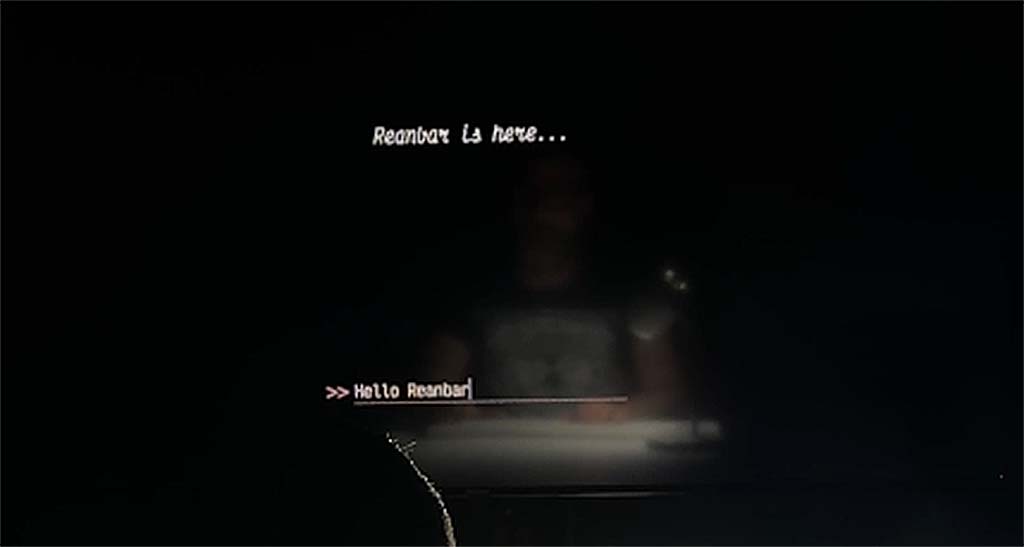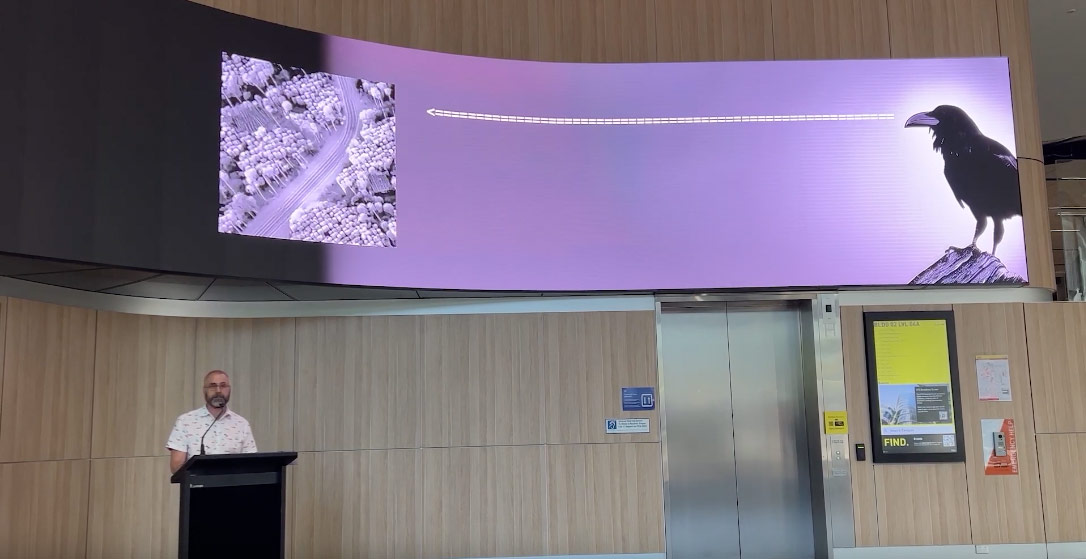Fractured and fragmented selves: Queer approaches to designing virtual experiences
Virtual Creativity, Volume 13, Issue 1, Apr 2023, p. 7 - 28
This article presents an overview of three queer virtual reality projects, Virtual Drag (2016), Domestika (2017) and Untitled (2020). These are considered alongside other examples and design experiments by the authors that also take a critical, queer approach to representing bodily forms in virtual environments. This consideration includes looking at how bodies are represented in the environment that the participant explores, as well as the embodied experience of the participant visiting the environment either via a head-mounted display or via desktop. Through the discussion of queerly performed embodiment offered by these precedents, we propose a queer sensibility of disembodied presentness for virtual reality that embraces a position of immersion and presentness in multiple physical and virtual realities at once, as a theoretical and aesthetic grounding principle. Queering of presentness is a key concept that emerges through these works, in part due to the multiplicity of perspectives that VR affords. In Virtual Drag (2016) by Alison Bennett, Megan Beckwith and Mark Payne, we see the use of photogrammetry and glitch aesthetics to bring ideas of queer performativity and drag ‘realness’ to the fore when imaging bodies with permeable, porous boundaries in virtual reality. In Domestika (2017) by Jacolby Satterwhite, the virtual environment is populated with multiple avatars that repeat recordings of the artist’s dance performances; in this multiplicity of repeated traces, a viewer is unable to settle on a fixed representation of the artist’s self. This effect is amplified by the participant’s non-corporeal presence, demonstrating the creative potential of queer disorientation in virtual environments. In Untitled (2020) by Tarik Ahlip and Tactical Space Lab, we are immersed in a cinematic environment, filled with simulated light. There, we encounter the artist’s body, disembodied and forcing the viewer into the role of virtual voyeur and onlooker to actions out of time.
DOI: https://doi.org/10.1386/vcr_00072_1





